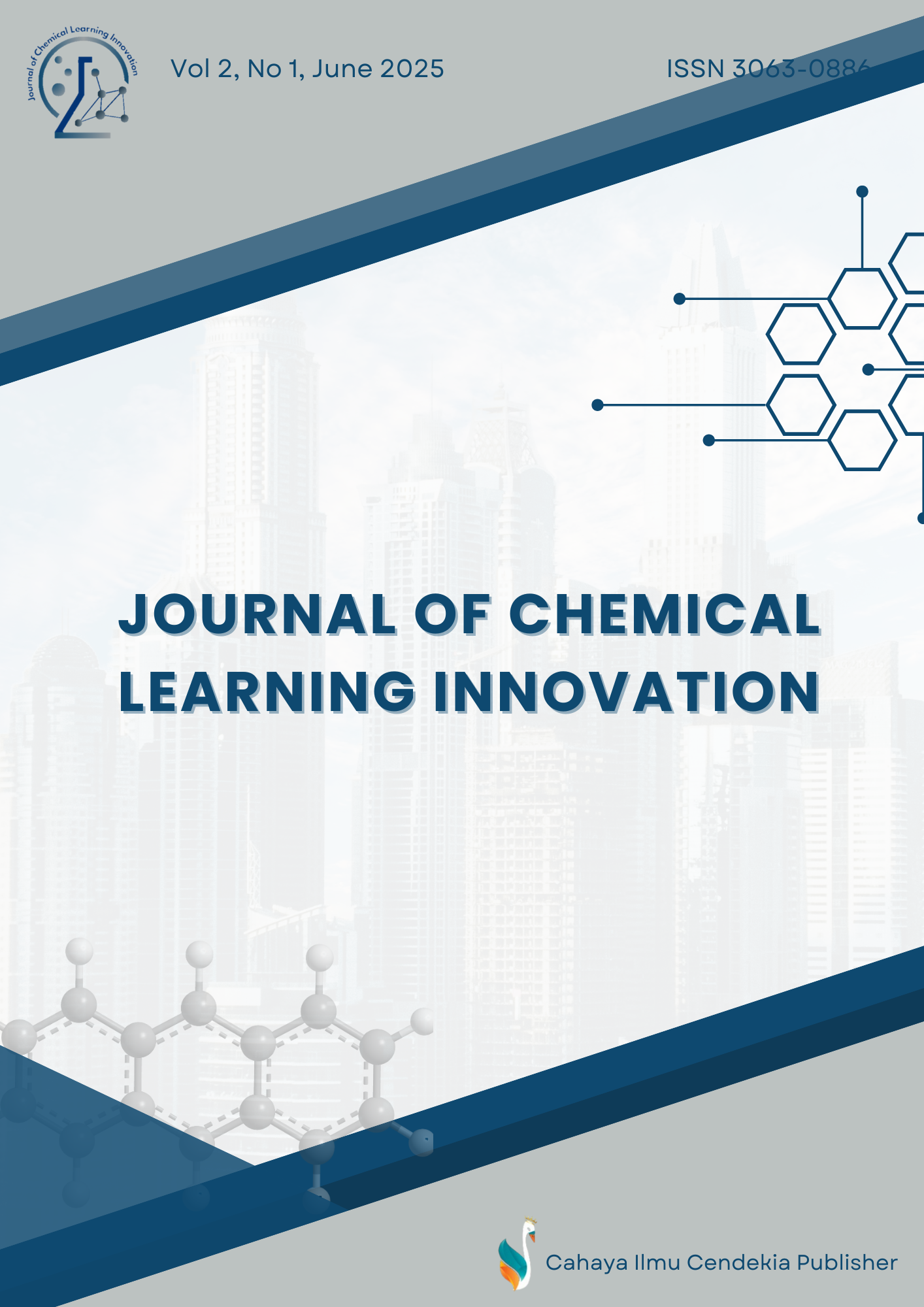How Occupational Health and Safety Affects Employee Productivity and Work Quality
Abstract
Purpose of the study: This study aims to identify how much influence employee health and safety has on employee performance.
Methodology: Sampling in this study used 96 respondents, the data collection technique was through questionnaires distributed to respondents, and the research variables were Health (X1), Safety (X2), Performance (Y). This study used descriptive analysis with a quantitative approach, and to test the level of reliability using Cronbach Alpha and then the data was processed with Multiple Linear Regression Analysis. Hypothesis testing used the F Test and t Test with a significance level of 10%. Researchers used SPSS Version 17.
Main Findings: From the results of multiple linear regression analysis shows that employee performance is influenced by health variables and work safety variables. The determination results (R2) use the adjusted r square value, because it uses regression with more than one dependent variable, which is 0.685, which means that health variables and work safety variables are able to explain employee performance by 69% while the remaining 31% is influenced by other variables not studied. From the results of the F test and t test calculations, it can be seen that health variables and work safety variables together affect employee performance and the most dominant variable is the work safety variable.
Novelty/Originality of this study: This study presents a new perspective by evaluating the effectiveness of employee participation-based K3 implementation as a mediating variable that has not been widely researched in relation to increasing individual productivity and performance in industrial sector organizations.
References
[2] Andi Wijayanto. 2012. Pengaruh Keselamatan Dan Kesehatan Kerja Terhadap prestasi Kerja Karyawan (Studi pada Karyawan PT. PLN Persero Semarang)”. Jurnal Administrasi Bisnis (JAB),Vol. 1, No. 1, September.
[3] Anwar, Rizqy Murody. 2012. Pengaruh Kesehatan Dan Keselamatan Kerja Terhadap Kinerja Karyawan Pada PT. Kusuma Dipa Nugraha Mojokerto. Skripsi. Fakultas Ekonomi Universitas Pembangunan Nasional Veteran Jawa Timur.
[4] Ardana, I Komang dkk. 2008. Manajemen Sumber Daya Manusia. Jogjakarta: Graha Ilmu.
[5] Arikunto, Suharsimi . 2006. Prosedur Penelitian Suatu Pendekatan Praktik Edisi Revisi VI. Jakarta: Rineka Cipta.
[6] Astuti, Okky Suli. 2011. Pengaruh Kesehatan dan Keselamatan Kerja ter-hadap Produktifitas Kerja Karyawan Bagian Produksi PT. Indmira Citra Tani Nusantara di Yogyakarta. Skripsi Universitas Pembangunan Nasional “Veteran
[7] Barthos, Basir.2009. Manajemen Sumber Daya Manusia Suatu Pendekatan Makro. Jakarta: Bumi Aksara
[8] Dharma, Agus 2008. Manajemen Prestasi Kerja. Jakarta: CV. Rajawali
[9] Departemen Agama RI. 2005. Al-Qur’an dan Terjemahnya. Bandung: Sima
[10] Mangkunegara, Anwar Prabu. 2010. Evaluasi Kinerja Sumber Daya Manusia. Bandung : Refika Aditama
[11] Mangkunegara, Anwar Prabu. 2005. Manajemen Sumber Daya Manusia Perusahaan. Bandung: PT Remaja Rosdakarya
[12] Masri, Rasyid. 2013. Manajemen Sumber Daya Manusia Analisis Hasil Penelitian Sosial. Makassar: Alauddin University Press
[13] Meily, Kurniawidjadja. 2010. Teori dan Aplikasi Kesehatan Kerja. Jakarta: Universitas Indonesia.
[14] Prawirosentono, Suyadi. 2008. Manajemen Sumber Daya Manusia (Kebijaksana-an Kerja Karyawan). Yogyakarta: BPFE
[15] Rivai, Veitzhal. 2005. Manajemen Sumber Daya Manusia untuk Perusahaan. Jakarta: Murai Kencana
Copyright (c) 2025 Multazam Multazam

This work is licensed under a Creative Commons Attribution 4.0 International License.
Authors who publish with this journal agree to the following terms:
- Authors retain copyright and acknowledge that the Journal of Chemical Learning Innovation is the first publisher licensed under a Creative Commons Attribution 4.0 International License.
- Authors are able to enter into separate, additional contractual arrangements for the non-exclusive distribution of the journal's published version of the work (e.g., post it to an institutional repository or publish it in a book), with an acknowledgment of its initial publication in this journal.
- Authors are permitted and encouraged to post their work online (e.g., in institutional repositories or on their website) prior to and during the submission process, as it can lead to productive exchanges and earlier and greater citation of published work.





.png)
.png)










